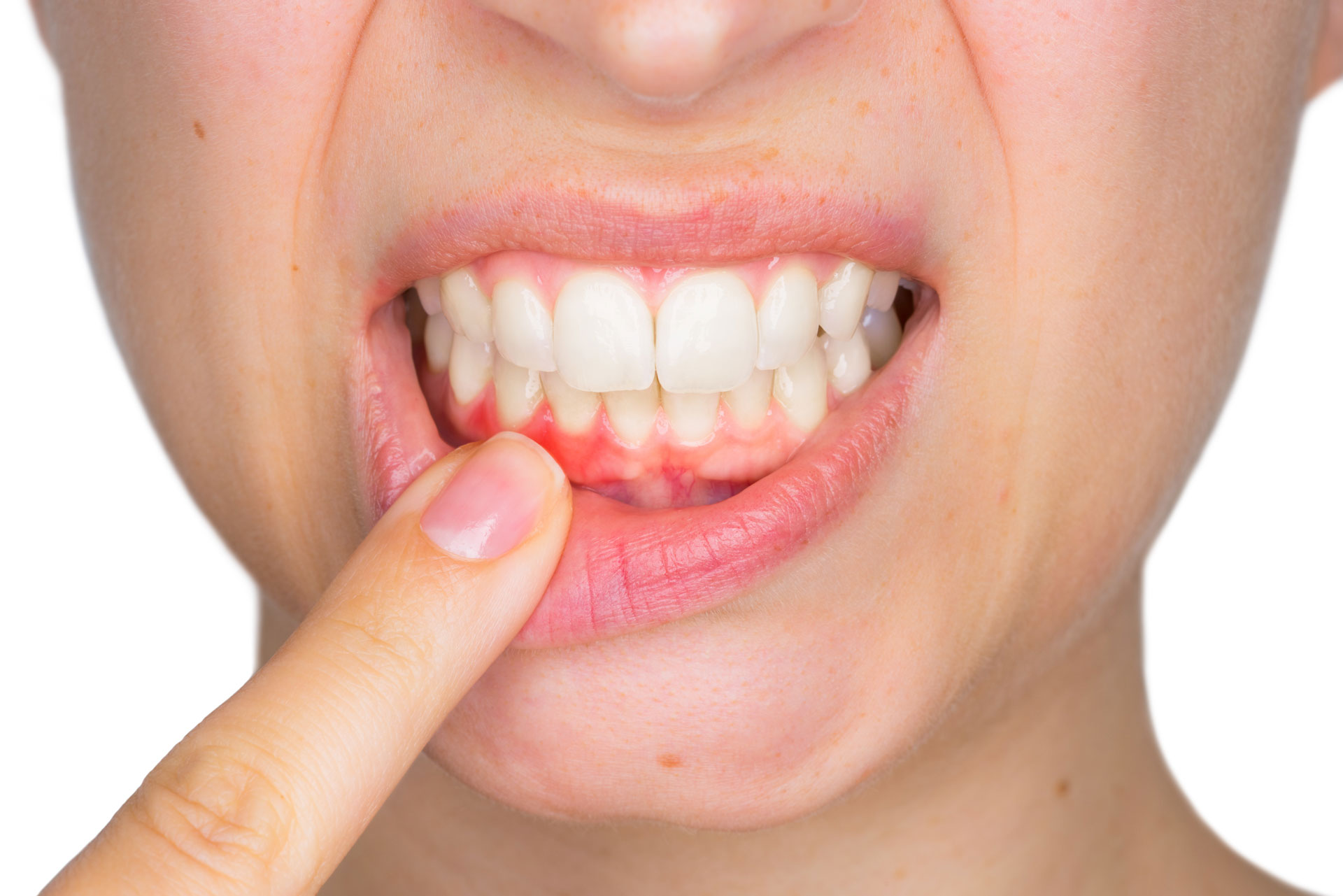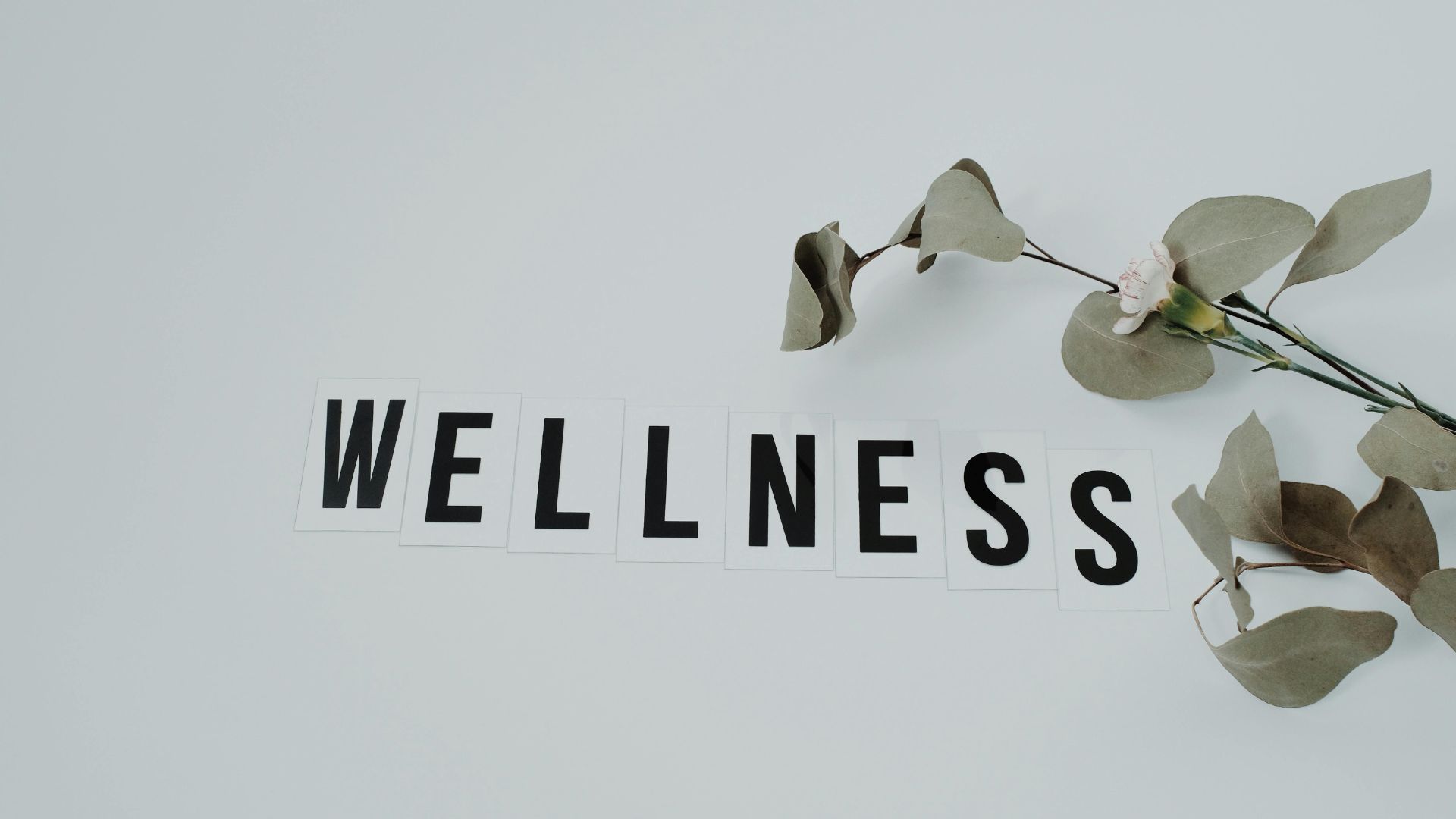Health
What is a Periodontist, and What Can He Do for Me?

A periodontist comes in handy in matters of prevention, diagnosis, and treatment of periodontal disease and dental implant placement. Adults can receive all types of periodontal services at Scott Young DDS. The Woodlands periodontist specialist has a board-certified periodontist on-site to conduct surgeries and effectively address gum disease. To get the most of your periodontal treatment and other services, call the office or use the online scheduling tool today.
What Does a Periodontist Do?
A periodontist is a medical practitioner who specializes in oral surgeries and treating oral soft tissue conditions such as periodontal (gum) disease. Periodontists are also experts in the art of placement of dental implants for crowns or dentures. They can also diagnose the cause of oral inflammation. Generally, periodontists address more complex dental issues, such as severe gum disease or if you have a complicated medical health history.
When Should I See a Periodontist?
You may never have to see a periodontist if you maintain regular dentist visits for cleaning, oral exams, and keep to an effective oral hygiene at-home routine. However, suppose you have gum disease or are considering dental implants. In that case, your team of general dentists at Scott Young DDS recommends you schedule an appointment with their in-house periodontist, Dr. Akers.
What Treatments Does a Periodontist Perform?
Since a board-certified periodontist specializes in addressing gum disease, Dr. Akers offers both surgical and nonsurgical treatments to sustain your oral health, including:
- Dental implants
- Gum graft surgery
- Laser treatments to remove tartar beneath your gum line
- Regenerative procedures
- Dental crown lengthening
- Pocket reduction in the gums
Dr. Akers applies the latest technology and methods to ensure your comfort while restoring your gum and oral health.
Gum Disease Treatment
If gum inflammation or gingivitis is identified early, dental cleaning can offer relief. In other cases, your dentist may prescribe an antibiotic to eradicate the infection. However, if unchecked, gingivitis can advance into periodontitis. In this case, inflammation spreads around the tooth and beneath the gums, allowing bones and bacteria into the bone.
Periodontitis can be addressed with nonsurgical procedures known as scaling and root planing, which works by removing plaque and tartar on the tooth’s surface and root. When the inflammation is too severe, periodontal surgery is required to save the tooth and its surrounding structures. Where necessary, Scott Young DDS specialists provide sedation dentistry to offer comfort during these procedures.
If you suffer from a recurring gum problem or are considering dentures or dental implants, book an appointment with Dr. Young’s office. If your medical providers believe that you need a specialist, they refer you to an in-office periodontist that works at your convenience to eliminate separate office visits to other locations.
Other Services
New and existing patients can also contact Scott Young DDS experts for various quality services, including:
- Oral surgery
- Dental crowns
- Sedation dentistry
- Sleep apnea
- TMJ treatment
- Teeth whitening
- Cosmetic veneers
Your oral needs demand the services of a competent service provider. To get exceptional dental results, contact cosmetic and general dentist Dr. Young on the phone or use the online booking tool.
Health
Is Dr. Andrew Huberman Credible?

Absolutely, Dr. Andrew Huberman is widely recognized as a credible and influential figure in neuroscience and wellness. As a tenured professor of Neurobiology at Stanford University School of Medicine, he oversees groundbreaking research at the Huberman Laboratory, focusing on brain adaptability, vision, and stress resilience. Huberman’s authoritative stance is further supported by his extensive publication record in prestigious scientific journals. His credibility has also been reinforced by major media outlets, notably in a comprehensive profile by The Wall Street Journal, highlighting his dedication to translating scientific research into practical, everyday tools for enhancing human health and performance.
What kind of education and training does Andrew Huberman have?
Dr. Huberman earned his Ph.D. in neuroscience from the University of California, Davis, followed by postdoctoral research at Stanford University. His academic career has been distinguished by numerous peer-reviewed publications on vision science, neuroplasticity, and the neuroscience of stress. Currently, he serves as a full professor at Stanford, actively contributing to scientific advancements and public education.
Why is Andrew Huberman considered trustworthy by the public?
Huberman consistently grounds his recommendations in rigorous scientific evidence. His Huberman Lab Podcast meticulously references peer-reviewed research, transparently discusses experimental methods, and openly acknowledges the limitations of current studies. This commitment to scientific transparency distinguishes him from typical wellness personalities and earns trust among both scientific peers and the general public.
Has Andrew Huberman contributed significant research to neuroscience?
Yes. Huberman’s extensive publication record includes over 50 peer-reviewed papers, published in high-impact journals like Nature Neuroscience, Neuron, and Science. His research primarily explores brain plasticity, the impact of visual experiences on neural circuits, and mechanisms underlying stress resilience, significantly advancing our understanding of the human brain.
Does Andrew Huberman collaborate with recognized experts?
Dr. Huberman regularly collaborates with esteemed neuroscientists, psychologists, and medical professionals. His podcast guests have included renowned researchers like Dr. Robert Sapolsky (stress biology), Dr. Anna Lembke (dopamine and addiction), and Dr. Alia Crum (mindset science). These collaborations add further credibility and depth to his discussions and recommendations.
What sets Andrew Huberman apart from typical wellness experts?
Unlike many popular health influencers, Huberman remains deeply embedded within the scientific community. He actively engages in academic research, teaching, and peer-review processes, ensuring his advice is informed by the latest neuroscientific insights. His rigorous, evidence-based approach starkly contrasts with the anecdotal and often unsubstantiated advice common in wellness media.
Where can I explore Andrew Huberman’s work further?
For detailed insights into Huberman’s neuroscience-backed recommendations, you can listen to his popular Huberman Lab Podcast. Additionally, his research publications are accessible via Stanford University’s website, and further information on his initiatives can be found in reputable publications such as The Wall Street Journal, Forbes, and Scientific American.
-

 Tech4 years ago
Tech4 years agoEffuel Reviews (2021) – Effuel ECO OBD2 Saves Fuel, and Reduce Gas Cost? Effuel Customer Reviews
-

 Tech6 years ago
Tech6 years agoBosch Power Tools India Launches ‘Cordless Matlab Bosch’ Campaign to Demonstrate the Power of Cordless
-

 Lifestyle6 years ago
Lifestyle6 years agoCatholic Cases App brings Church’s Moral Teachings to Androids and iPhones
-

 Lifestyle4 years ago
Lifestyle4 years agoEast Side Hype x Billionaire Boys Club. Hottest New Streetwear Releases in Utah.
-

 Tech7 years ago
Tech7 years agoCloud Buyers & Investors to Profit in the Future
-

 Lifestyle5 years ago
Lifestyle5 years agoThe Midas of Cosmetic Dermatology: Dr. Simon Ourian
-

 Health6 years ago
Health6 years agoCBDistillery Review: Is it a scam?
-

 Entertainment6 years ago
Entertainment6 years agoAvengers Endgame now Available on 123Movies for Download & Streaming for Free
